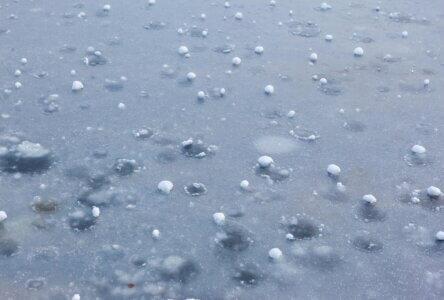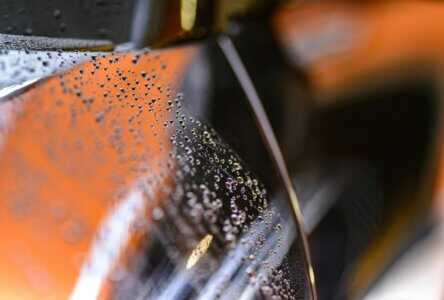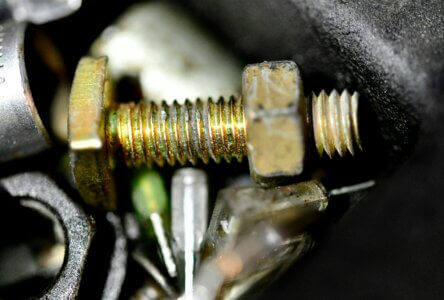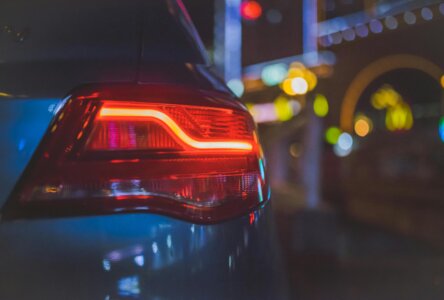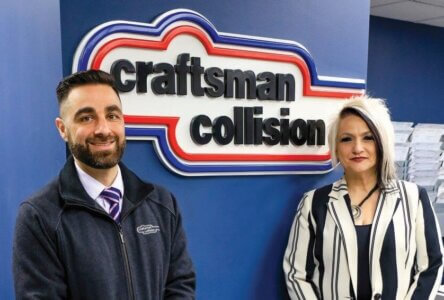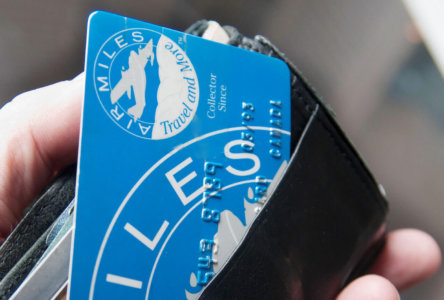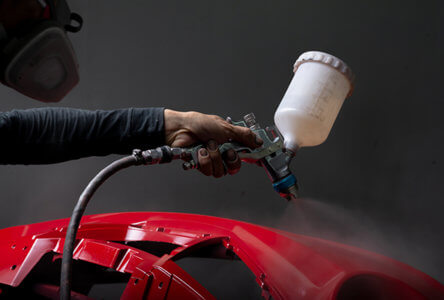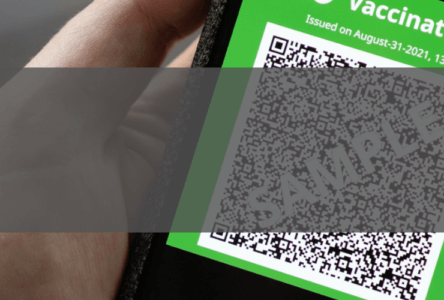Hailstorms can wreak havoc on your car, leaving it covered in dents and dings. Even the most minor hail damage can impact your car’s resale value and, if ignored, might lead to rust where the paint has cracked.
The good news? Auto body shops have specialized techniques to fix hail damage and restore your vehicle’s smooth finish.
So, how do body shops repair hail damage? Let’s take a look at the methods, costs, and what to expect during the repair process.
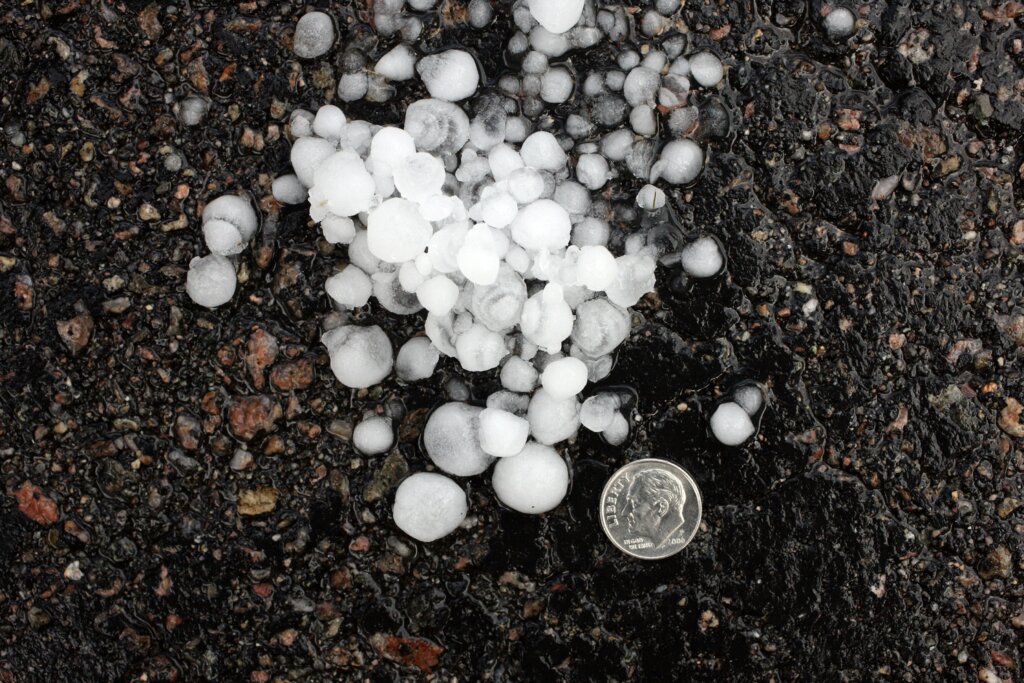
Assessing Hail Damage
Before any repairs actually start, body shops need to inspect the damage to decide the best way to fix your car. This step helps determine whether paintless dent repair (PDR) will work or if traditional methods are needed. Here’s what they’ll look for:
Size and Depth of Dents
Small, shallow dents are usually a good fit for PDR, since technicians can gently push the metal back into shape without damaging the paint. But if the dents are deep, sharp, or have stretched the metal, traditional repairs like filling, sanding, and repainting will be needed to restore the surface.
Location of Damage
Where the dents are makes a difference.
Car doors, hoods, and trunk lids are easier to repair because technicians can access them from behind. But roof panels, edges, and structural sections can be trickier and might require removing parts of the car to get the job done right.
If the dents are near trim pieces, windows, or seams, extra care is needed to avoid damaging other areas.
Condition of the Paint
If the paint is still intact, PDR is the best option because it keeps your car’s original finish. But if the hail has cracked or chipped the paint, the repair process takes longer.
In this case, technicians will need to sand down the area, fill in the damage if needed, and repaint the panel to blend in with the rest of the car. While this adds time and cost, it guarantees a smooth, high-quality finish.
Paintless Dent Repair (PDR)
PDR is a specialized technique that removes dents without repainting or using body filler.
It’s the go-to method for minor hail damage because it preserves your car’s original paint and finish. This approach is faster, cheaper, and less invasive than traditional repair methods.
How PDR Works
- Accessing the dent – Technicians get behind the dent by removing interior panels or using small access points to reach the damaged area.
- Massaging the metal – Using specialized tools, they carefully push or pull the dented metal back to its original shape without cracking the paint.
- Final touch-ups – After reshaping, the area is inspected to ensure the repair is seamless, leaving no trace of the damage.
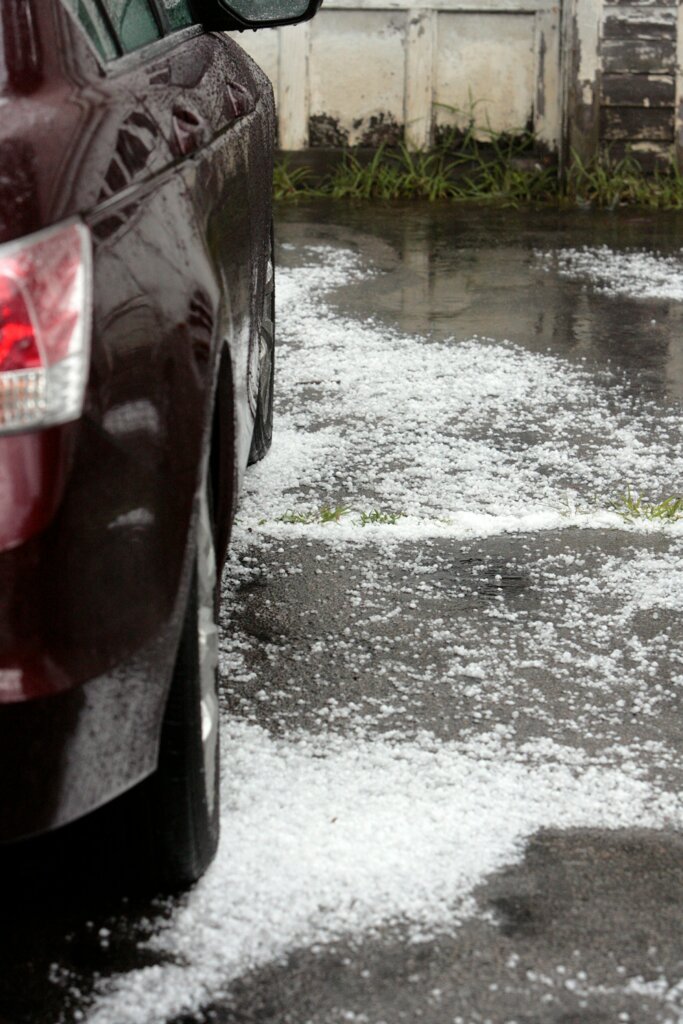
Benefits of PDR
One of the biggest advantages of paintless dent repair (PDR) is that it preserves your car’s factory paint, avoiding the need for sanding, filling, or repainting.
Because there are no extra materials or extensive labour involved, PDR is also a more cost-effective option compared to traditional dent repair.
Another major benefit is the fast turnaround time—many PDR repairs can be completed in just a day or two, getting you back on the road quickly without the hassle of a lengthy repair process.
Limitations of PDR
While PDR is an effective solution for most hail dents, it does have some limitations. It won’t work on sharp dents or areas where the paint is cracked or chipped, as the process relies on the flexibility of the metal and the integrity of the paint. In these cases, traditional dent repair with filling and repainting is necessary.
PDR can also be challenging on aluminum panels, which are harder to reshape than steel. This makes the repair process more difficult and, in some cases, ineffective depending on the severity of the dent.
Traditional Repair Methods
For severe hail damage, traditional dent repair is often the only solution. Basically, if dents are too deep, sharp, or have cracked the paint, technicians need to restore the surface using body filler, sanding, and repainting.
How Traditional Repair Works
- Filling the dent – Technicians apply body filler to smooth out deep dents and reshape the damaged area.
- Sanding and smoothing – Once the filler hardens, it’s sanded down to match the car’s original contour.
- Repainting – The repaired section is primed, painted, and blended to match the rest of the vehicle’s finish.
Considerations for Traditional Repair
Traditional dent repair is a more time-consuming process than paintless dent repair (PDR), often taking several days—especially if multiple panels need to be repainted. Because it involves materials like body filler, primer, and paint, it also tends to be more expensive than PDR, but for severe hail damage, it’s sometimes the only option.
Choosing the Right Repair Method
- How bad is the damage? Small, shallow dents? PDR is best. Deep dents with cracked paint? Traditional repair is the way to go.
- What’s your car’s value? If your car is newer or has high resale value, PDR helps maintain its original finish and keeps it looking pristine.
- Does insurance cover it? Some policies fully cover PDR, while others may require you to pay out of pocket for certain repairs.
Not sure which repair is best? A consultation with Craftsman Collision can help you find the right fix for your vehicle and budget.
Book online now or contact us for more information.
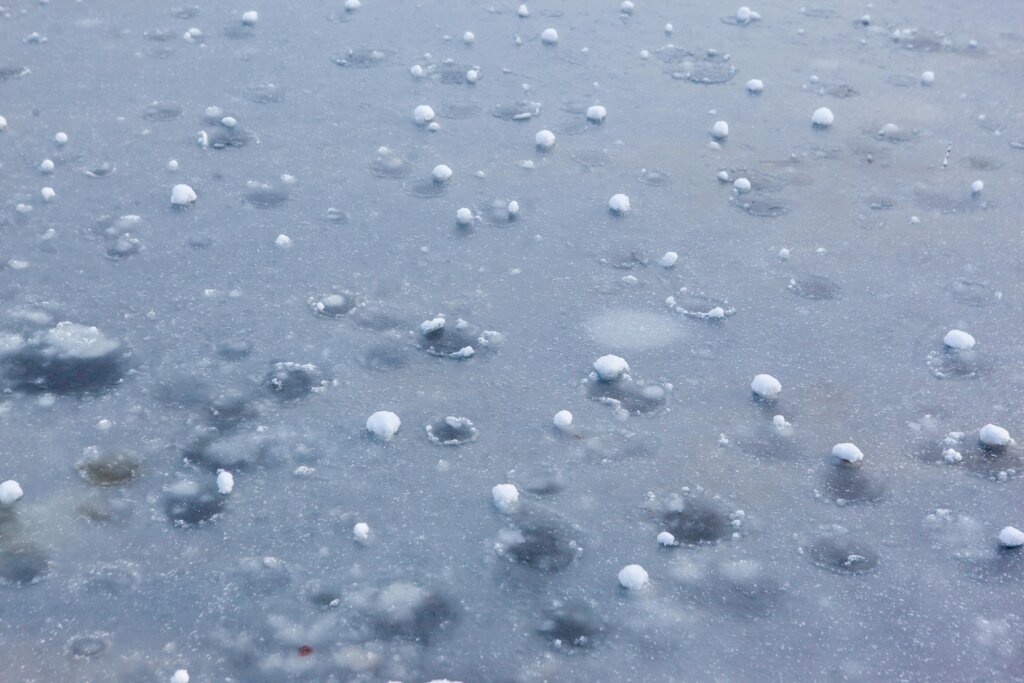
Insurance and Hail Damage in Canada
In Canada, hail damage is covered under comprehensive auto insurance, which protects against non-collision incidents like weather damage, theft, and vandalism. If you have comprehensive coverage, your repairs might be fully covered (minus your deductible).
How to File a Hail Damage Claim
1. Document the Damage
Take clear photos of your car from multiple angles, making sure to capture close-ups of the dents. This visual evidence will help support your claim and ensure an accurate repair estimate.
2. Contact Your Insurance Provider
Report the hail damage to your insurance company as soon as possible. Acting quickly can help speed up the claims process and prevent any delays in getting your car repaired.
3. Schedule an Inspection
Your insurer might require an inspection by an adjuster to assess the extent of the damage. In some cases, they might also recommend an approved repair shop for an estimate before approving the claim.
4. Choose a Reputable Repair Shop
Selecting a trusted auto body shop that works with insurance companies—like Craftsman Collision—means that your repairs are handled professionally and your claim can be processed without hassle. Many insurers prefer working with certified repair shops to guarantee quality work.
Common Myths About Hail Damage Insurance
“Filing a hail damage claim will increase my premium.”
This isn’t true—most hail claims don’t affect your rates because hail damage is classified as a no-fault incident.
“I can keep the insurance payout and not repair my car.”
While this is technically possible, unrepaired hail damage lowers your car’s value and can lead to rust, which is more expensive to fix later.
For more details on comprehensive coverage in B.C., check out IBC.ca.
Preventing Future Hail Damage
While you can’t control the weather (especially not in Canada with all four seasons!) you can take some steps to protect your car from hail damage:
- Use covered parking – A garage or carport is your best defense against hail.
- Invest in a hail-proof car cover – These thick, padded covers absorb impact and prevent dents.
- Stay updated on weather alerts – Apps like The Weather Network send hail warnings, giving you time to move your car to safety.
For more vehicle safety tips, visit CAA.ca.
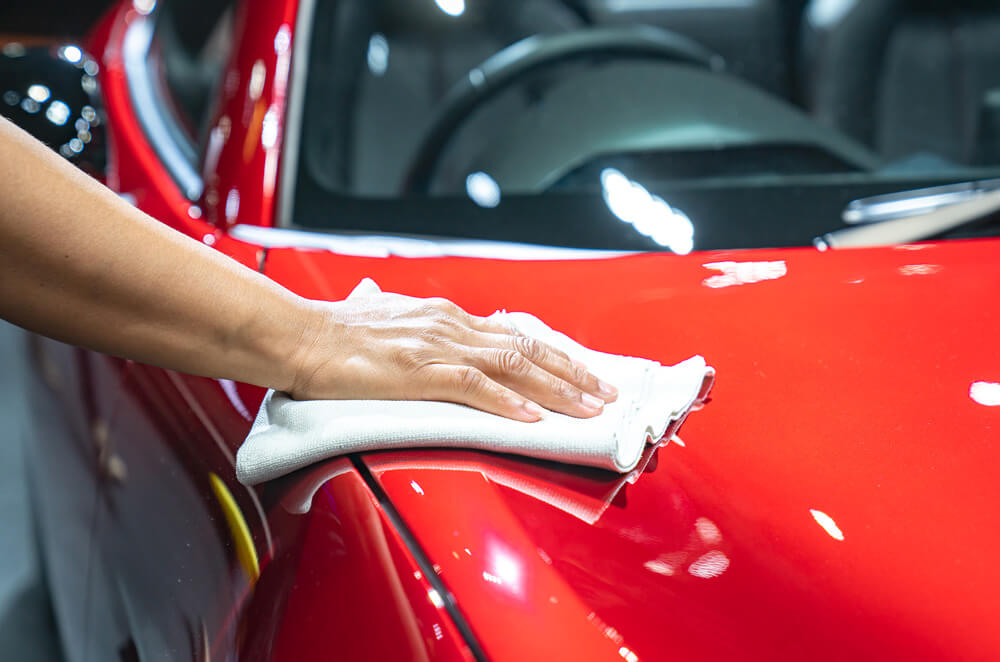
FAQs About Hail Damage Repair
Is car hail damage fixable?
Yes, car hail damage is fixable in most cases! Minor dents can often be repaired using paintless dent repair (PDR), which restores the metal without affecting the paint. For more severe damage, including deep dents or cracked paint, traditional dent repair methods like body filler, sanding, and repainting might be needed. A professional auto body shop like Craftsman Collision can assess your vehicle and recommend the best approach.
Can I keep my hail-damaged car?
Yes, you can keep your hail-damaged car, but leaving the damage unrepaired can lower its resale value and lead to further issues. Over time, dents can weaken the metal, and cracked or chipped paint can expose your car’s body to moisture, which leads to rust. If you plan to sell or trade in your car, getting the hail damage repaired will help maintain its value.
Will a vinyl wrap hide hail damage?
No, a vinyl wrap will not effectively hide hail damage. Since vinyl wraps are thin and flexible, they conform to the shape of the surface underneath—meaning any dents will still be visible. If your car has hail damage, it’s best to repair the dents before applying a wrap for a smooth and professional finish.
Does repaired hail damage lower my car’s value?
No, properly repaired hail damage does not lower your car’s value. In fact, fixing hail damage helps maintain or even improve the resale value of your vehicle. If the repairs are done professionally—especially using paintless dent repair (PDR), which keeps the factory finish intact—your car’s exterior will look as good as new. But if the damage is left unrepaired, buyers might see it as a sign of neglect, which can reduce your car’s marketability.
Get Professional Hail Damage Repair at Craftsman Collision
Hail damage doesn’t have to be permanent. Whether your car has a few minor dents or more severe damage, Craftsman Collision has the expertise to restore it to its pre-storm condition.
Why Choose Craftsman?
- Our certified technicians are trained in the latest hail repair techniques
- We offer insurance-approved repairs for a smooth, stress-free claims process
- Find us in multiple locations across Canada for convenient service
Don’t wait—book online or call us today for a free repair estimate!


